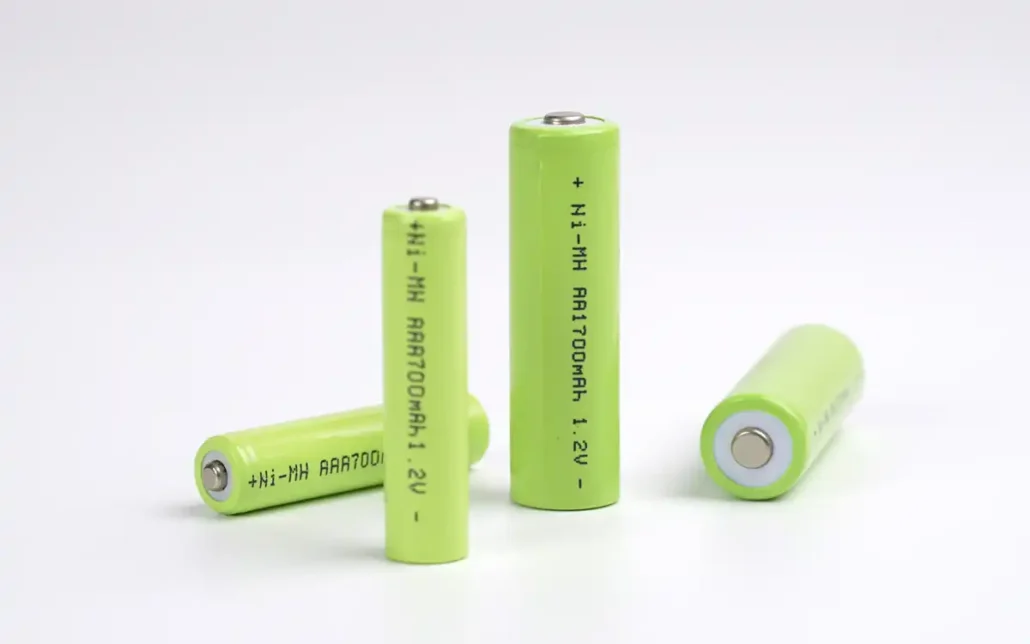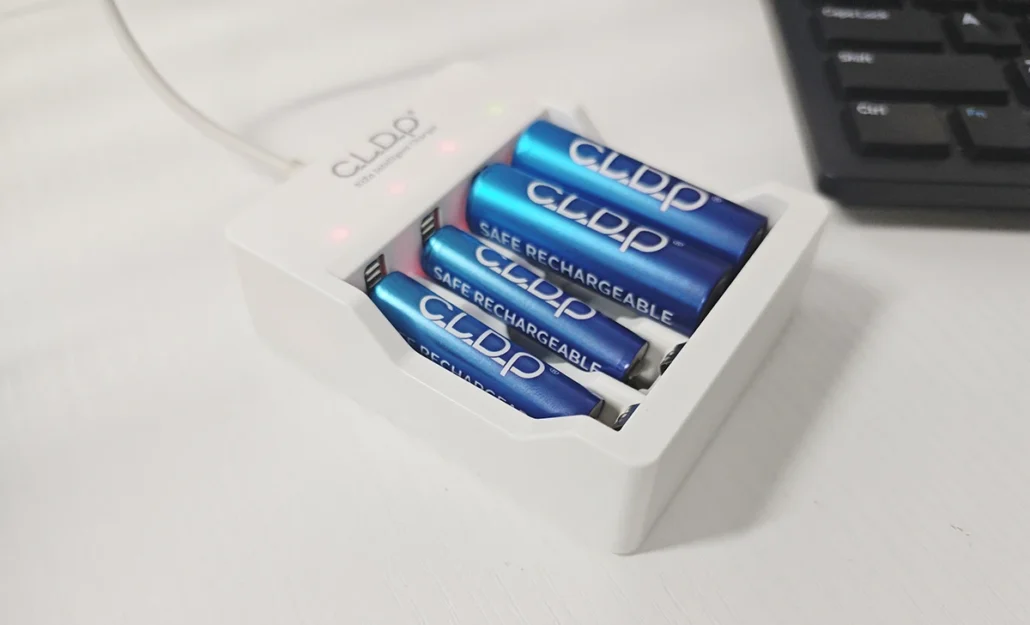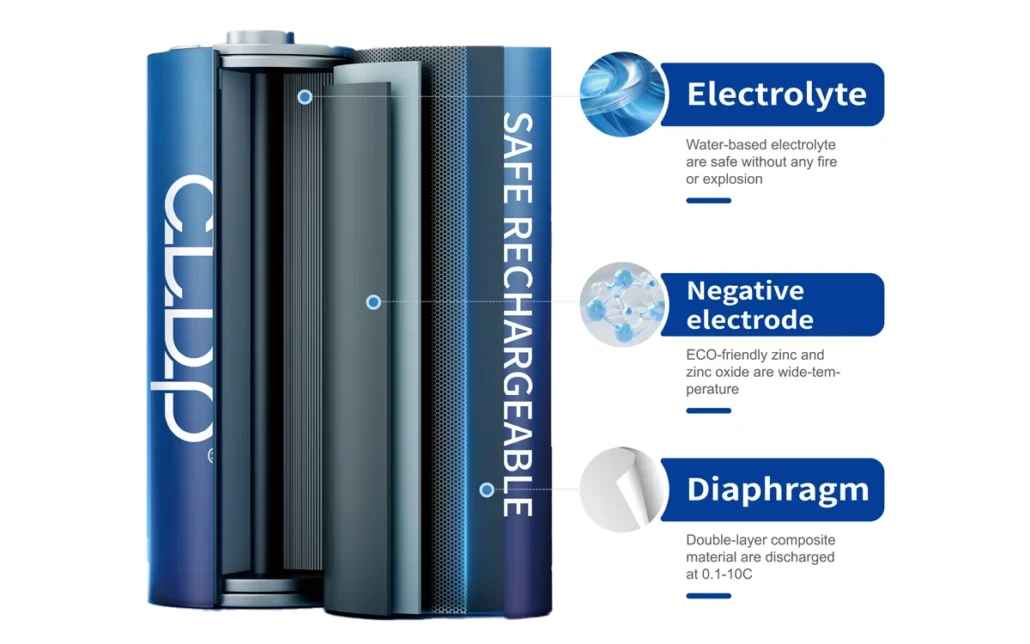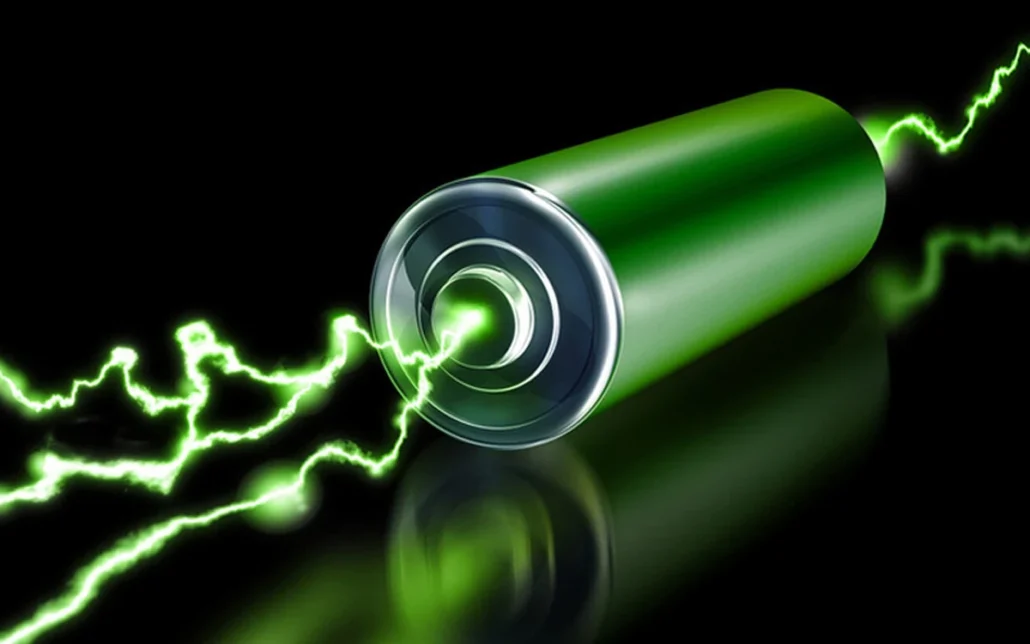The capacity of a nickel metal hydride battery (NiMH) refers to the amount of charge that the battery can provide under specific conditions, usually measured in milliampere hours (mAh) or ampere hours (Ah). Here are some key points about the capacity of NiMH batteries.
Capacity Range
AA (No. 5) battery: Common NiMH AA batteries can have capacities ranging from 2100mAh to 2900mAh, and some high-performance products even claim a capacity of 3300mAh, but in actual testing, this value may not be achieved.
AAA (No. 7) battery: A typical NiMH AAA battery has a capacity of approximately 600mAh to 1200mAh.

Influence Factor
The actual capacity of NiMH batteries is affected by various factors:
Temperature: As the temperature decreases, the battery capacity will decrease. At low temperatures, the viscosity of the electrolyte increases, the resistance to ion movement increases, and the efficiency of electrochemical reactions decreases.
Discharge rate: The larger the discharge current, the smaller the calculated battery capacity. For example, during high rate discharge, the available capacity of the battery may be significantly lower than its nominal capacity.
Termination voltage: Setting a reasonable discharge termination voltage is crucial for protecting the battery and extending its lifespan. Low termination voltage may cause deep discharge of the battery and damage its performance.
Geometric dimensions of the electrode plate: The larger the area of the electrode plate in direct contact with the electrolyte, the theoretically larger the capacity of the battery.
Usage: As the number of charge and discharge cycles increases, the capacity of NiMH batteries will gradually decline, which is an irreversible process.
Materials and Technology: Different electrode materials and manufacturing processes can affect the specific capacity (the capacity that can be provided per unit volume or weight) of a battery. Some advanced NiMH batteries use special alloy materials to increase energy density.
Standardized measurement methods
According to the IEC 61436 standard, the rated capacity of NiMH batteries is the amount of electricity released after charging at 0.1C (i.e. 1/10 hour rate) for 16 hours in an environment of 20±5℃, and then discharging at 0.2C to 1.0V. This method is called C5 mode, which is a 5-hour rate discharge mode.
Precautions
Some so-called “high-capacity” NiMH batteries on the market may have false labeling, meaning that the actual capacity is far below the manufacturer’s claimed value. Therefore, when choosing NiMH batteries, it is recommended to refer to data from third-party evaluation or certification agencies to ensure that the selected product meets the expected performance requirements.




